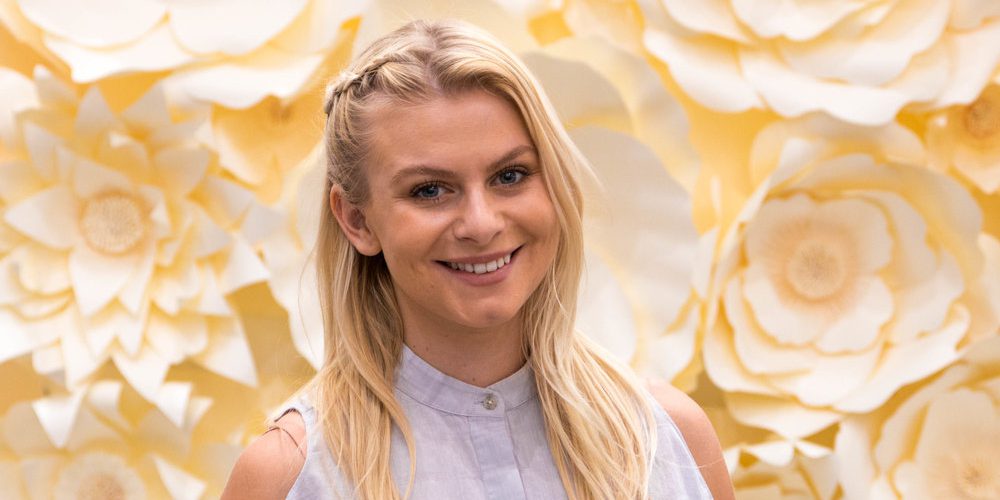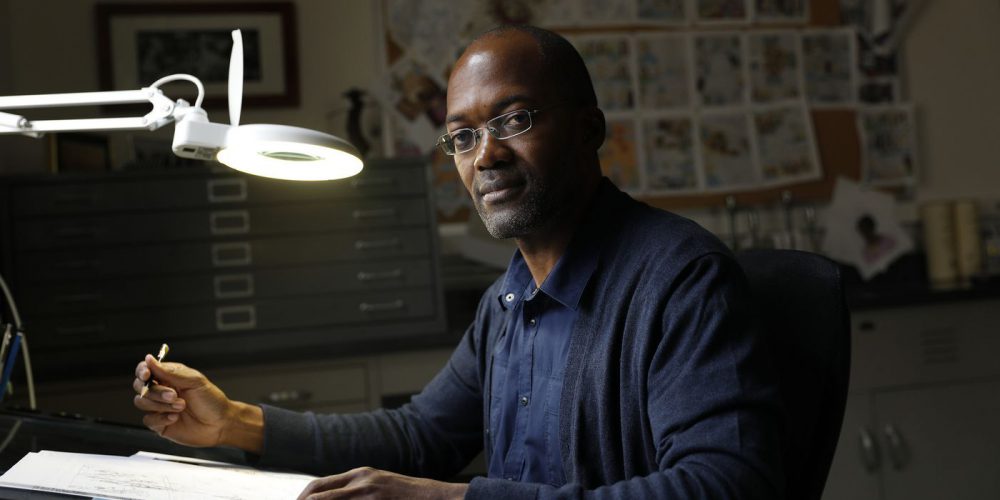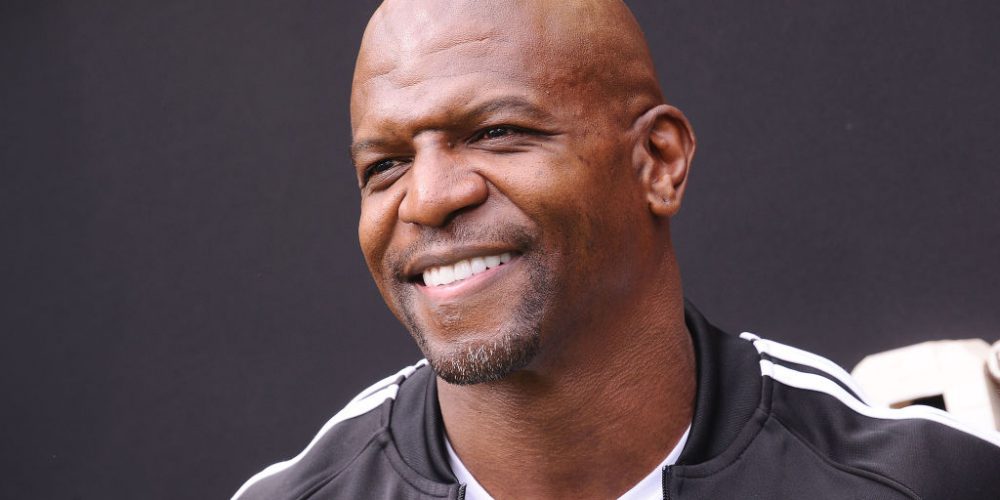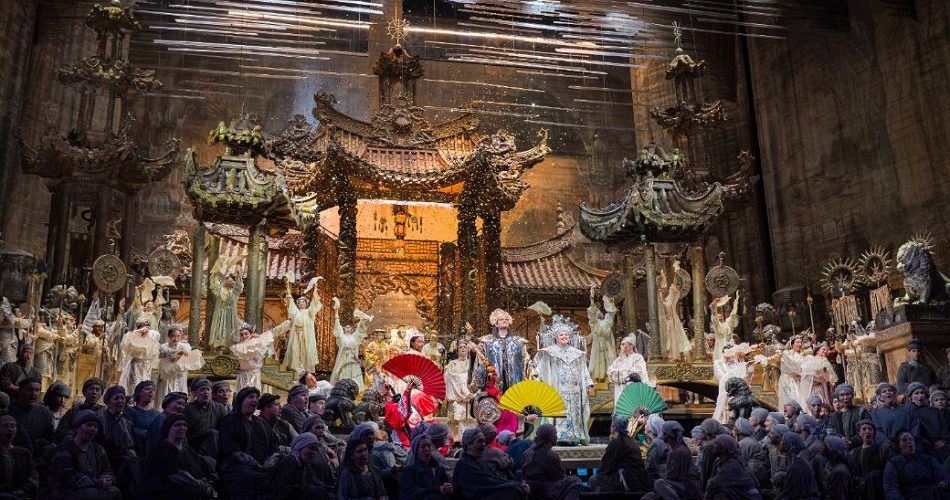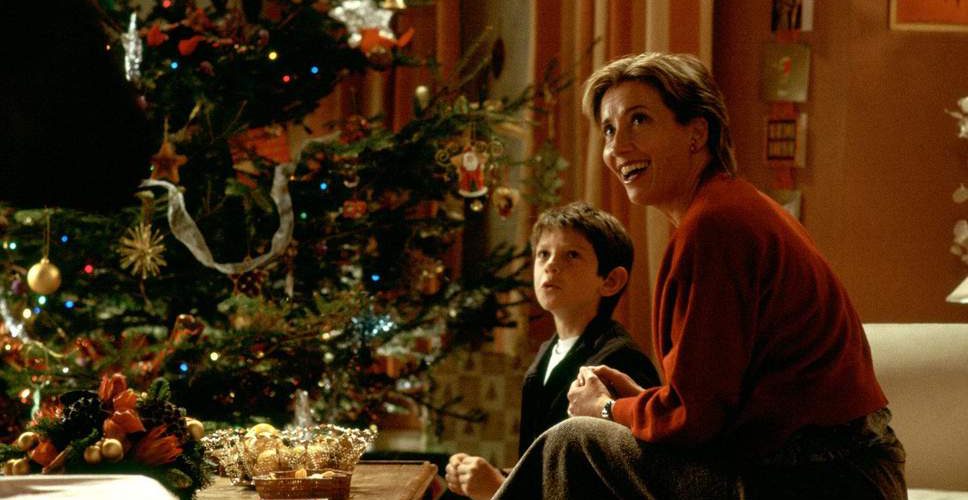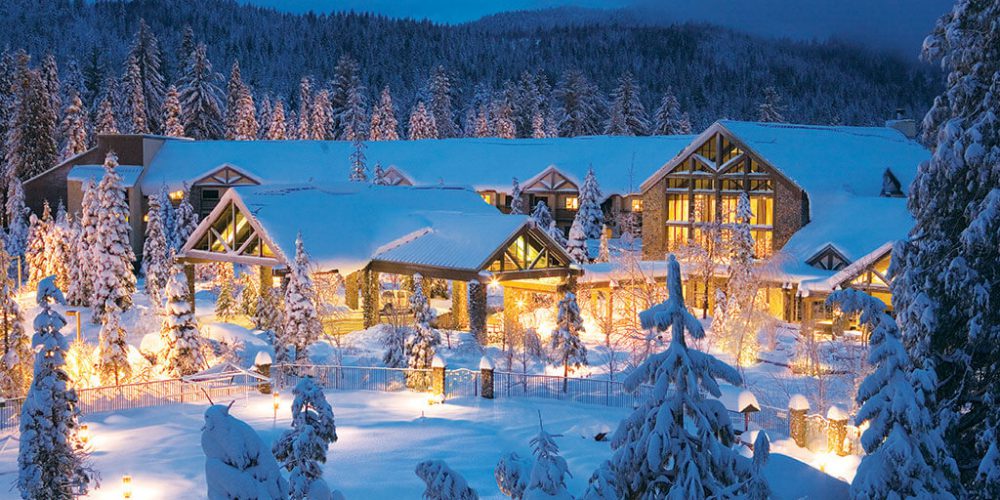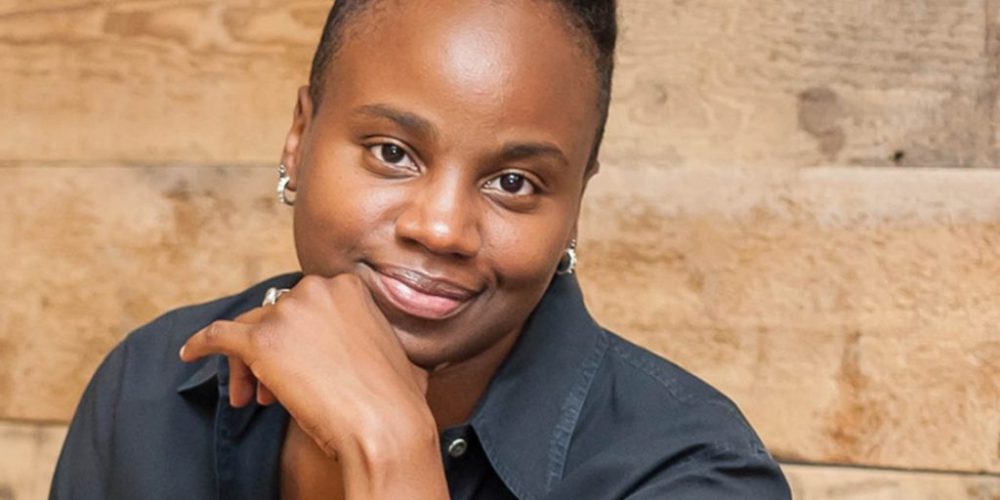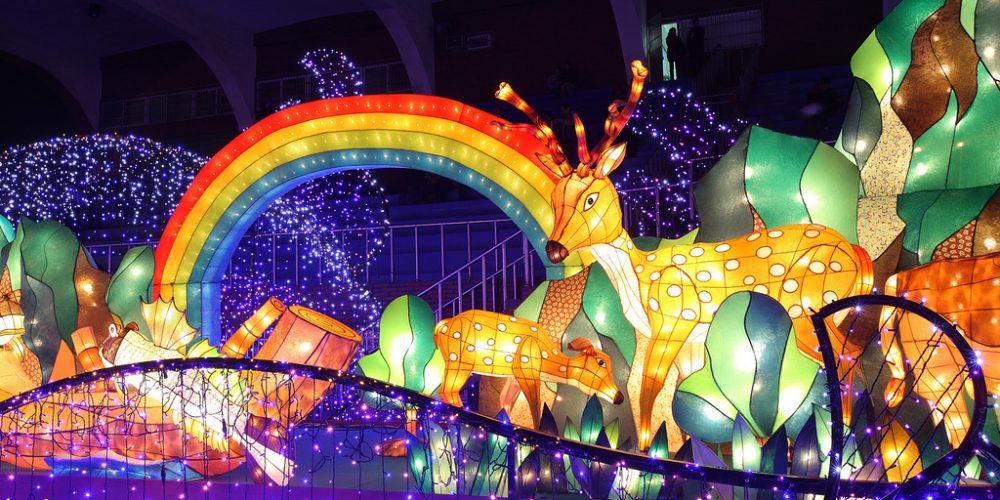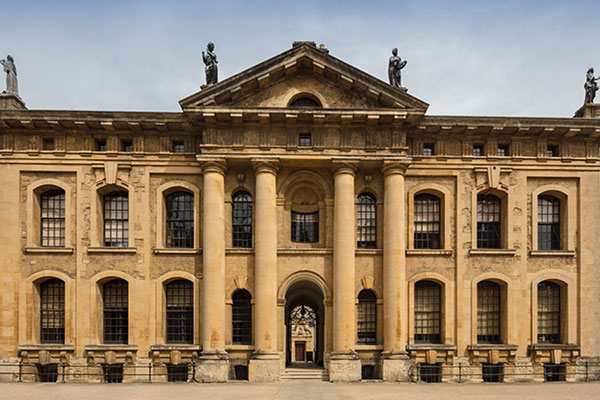Anjolie Ela Menon Reflects on Identity, Spirituality, and Gender
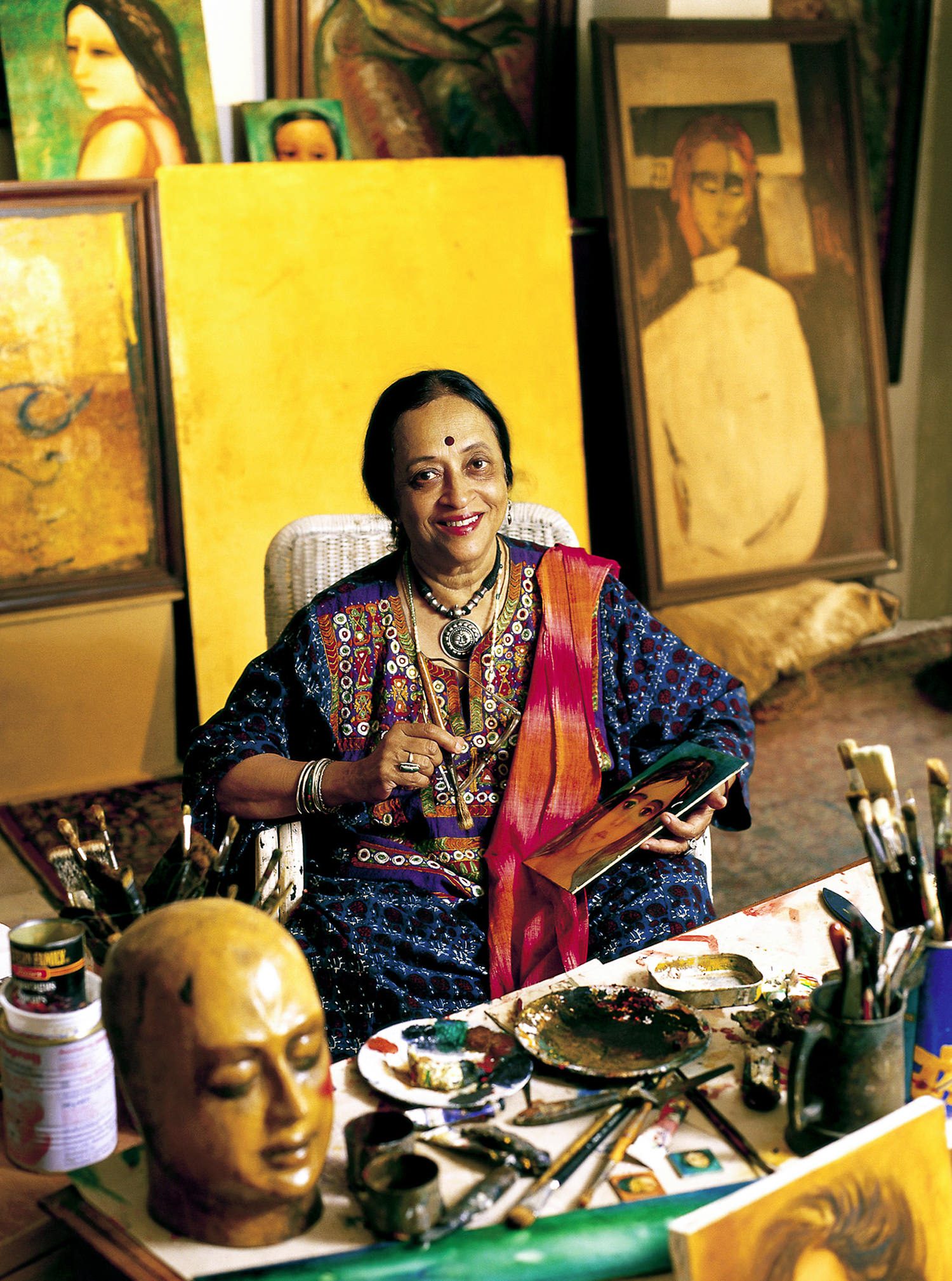
Describe an average day in the studio.
My studio is located inside an urban village called a basti where people co-exist in several centuries simultaneously. At its center is a famous Sufi shrine, and the narrow lanes are replete with pilgrims, goatherds, and indigenous people. The studio is a two-room apartment and I go every morning and work there till about two when I go home to lunch with my grandchildren. I often go back in the evening around five to work on a new layer of pigment as my technique requires several translucent layers of paint.
Tell us about your current retrospective at Aicon Gallery.
This must be my 53rd solo show, and apart from paintings borrowed from U.S. collectors, there were many new paintings re-visiting some of my earliest themes, such as nudes, the mother and child series, the windows, crows, and chairs. I certainly felt that this is the best-hung show I have had. It also shows five maquettes of the large pieces for the new Mumbai airport which I did in collaboration with renowned photographer, the late Robin Beeche.
The imagery and bordering in your work brings to mind Christian iconography in Byzantine art. What is it about this period in art history that inspires you most?
Often regarded as a maverick, I plunged into the past during my stay in Paris and embraced the austere beauty of early Christian art instead of being influenced by the Cubists, as were my peers. Both the coloration and the ornate embellishment of Byzantium struck a chord with my Indian roots, and the austere frontal presentation of iconic figures has continued to influence me till today.
You’ve worked with a variety of media, from computer graphics to Murano glass. What is your favorite medium to work in?
After various digressions I always return to my favorite medium—oils on a hard surface, such as wood or Masonite.
In your pastoral series, each figure from the rural community your studio is located in (goats and all), is elevated to saint-like status. Do you ever show these individuals how you’ve rendered them? If so, what has been the best reaction?
No, I don’t get them to pose. I just observe these characters and juxtapose, modify, and re-interpret the visuals so that they metamorphosize as iconic figures. Many of the goatherds, with their long robes and beards actually appear quite biblical, an anachronism in the age of jeans.
What has been the highlight of your career or personal life so far?
[There have been] many milestones, awards such as the Chevalier des Arts et Lettres from France, the Padmashree from the Indian government, the solo show and accession of my opus Yatra by the Asian Art Museum of San Francisco, the placements in many other museums. The birth of my children was an epiphany and the joys of my 54-year-old marriage continue to sustain me.
What’s next for you? Any upcoming projects or exhibitions?
My credo has always been to never plan or contemplate the future. I just keep a blank canvas in front of me, metaphorically, and let it flow.

